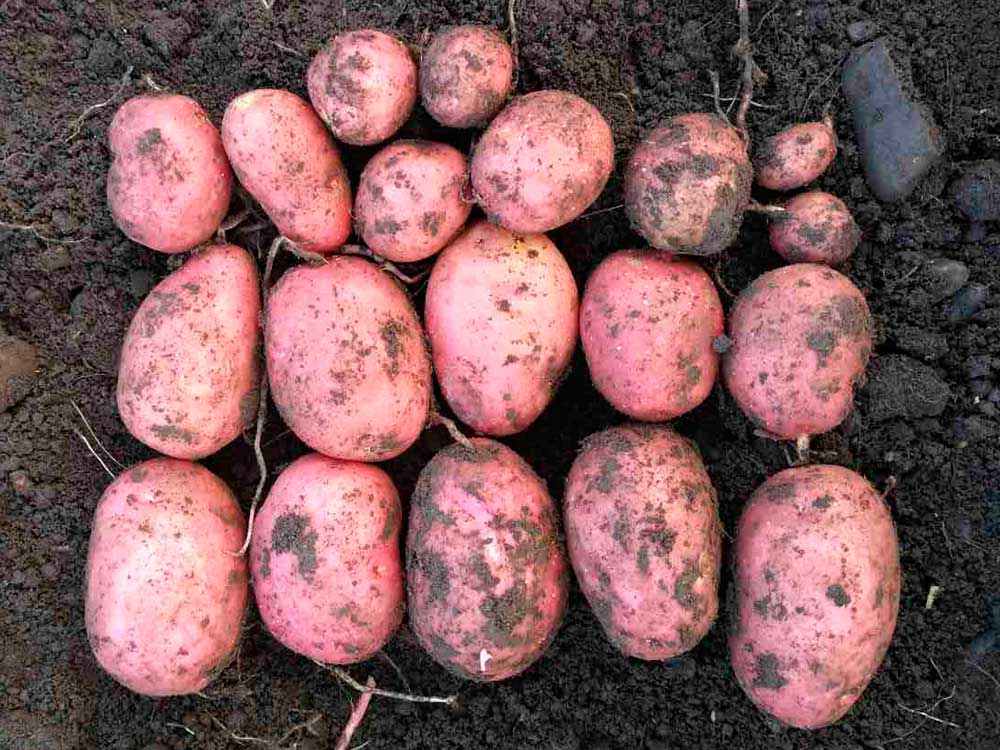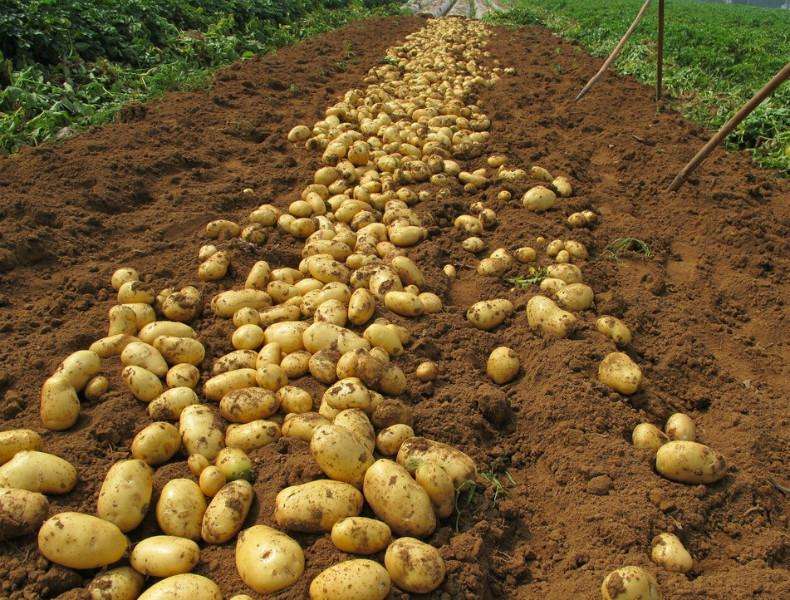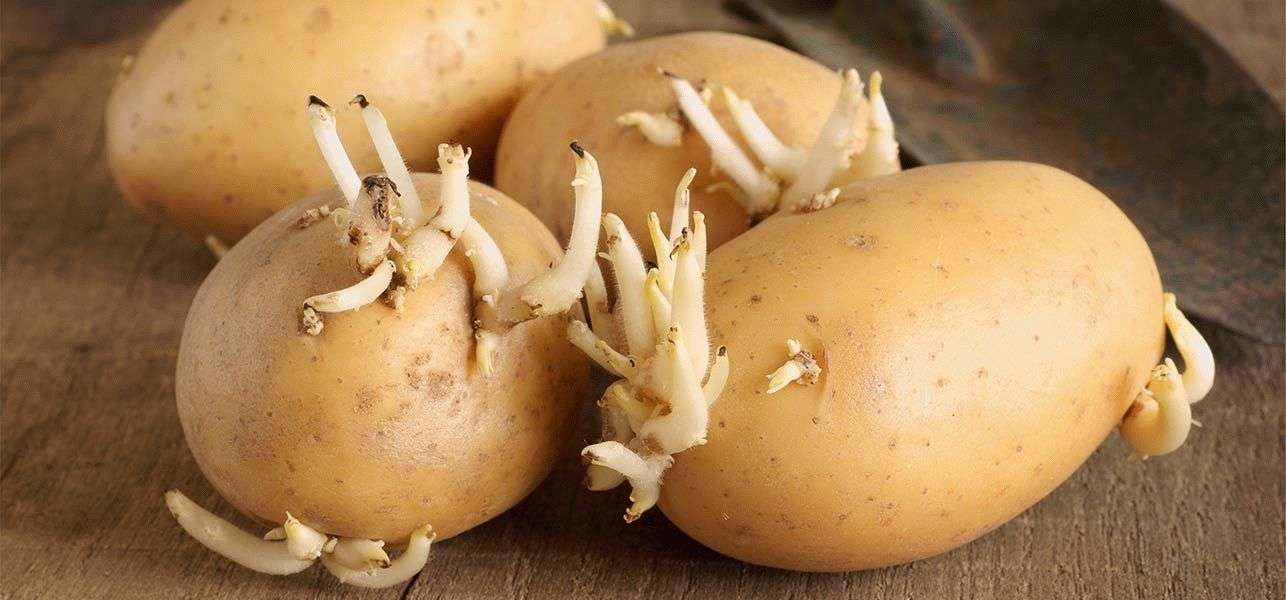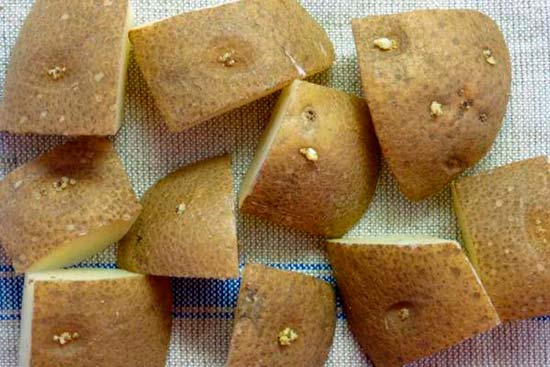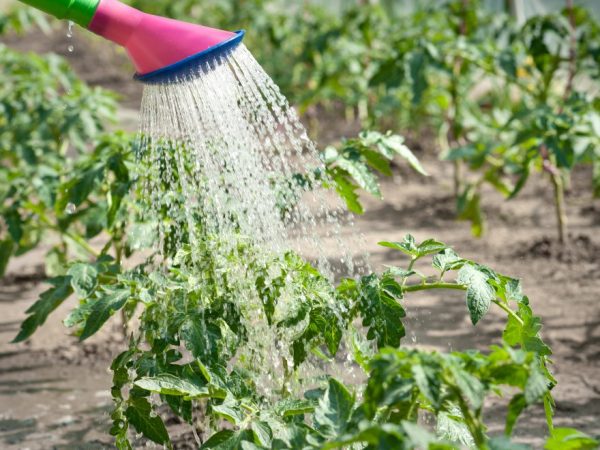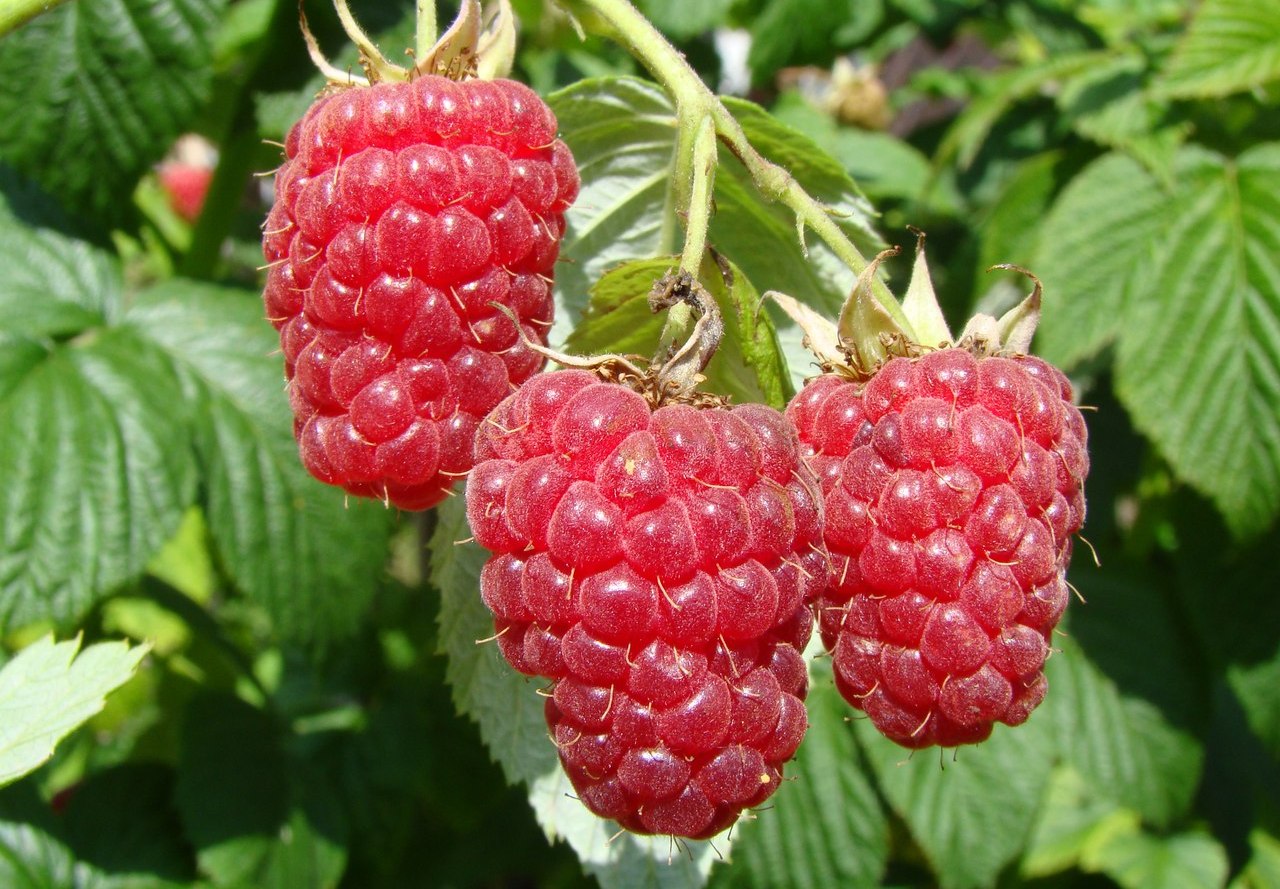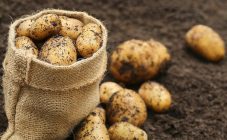Content:
In order to be able to timely carry out a set of measures for the care of potato plantings, you need to know how many days the potatoes will emerge. The timing of germination can depend on many factors, the possible influence of each of which should be considered.
For most of the population of our country, potatoes are the most commonly consumed food product. Potato planting is carried out in the month of May, during the whole summer season it grows, and in September it is time to harvest. However, in order for the fruits to be ready by autumn, you need to know how many days the potatoes should rise after planting, and at what time the ripening process takes place.
Germination conditions for potatoes
For the first seeds to germinate, the outdoor temperature must rise to + 10 ° C. It takes just over 20 days to get to this stage. At an air temperature that is stable at around + 20 ° C, shoots can be expected to appear in two weeks.
Note. If the planting material consists of sprouted potato tubers, the germination time of the sprouts is reduced to seven days.
Ripening dates for potato plantings
You can get a crop in an accelerated time by planting tubers in the soil at a shallow depth, so that the cold soil does not slow down the development of the planting material. The likelihood of obtaining quick shoots increases when potato tubers are planted in the upper soil layer.
Important! If the 70% soil moisture level is exceeded, the start of planting should be postponed to avoid the formation of putrefactive lesions.
The average germination period for potato planting sprouts is one month.
However, some varieties of potato crop varieties provide a finished harvest after 40 days from the moment the first shoots sprout:
- Early ripening;
- Ultra-ripe.
List of early potato varieties:
- "Ariel" – potato tubers of this variety are of medium size, differ from other varietal varieties in the yellow color of the peel and pulp. Prone to late blight. Does not turn black when cut. The increase in the mass of tubers occurs quickly, but when diseases occur, this process slows down;
- "Riviera" - fThe yellow tubers of this varietal potato are oval. Almost never blackened. There is no resistance to diseases, which is why the planting must be additionally processed;
- "Izora" – the flesh inside the fruit with a white skin is yellow. The size of the bush is average. Collecting after disembarkation takes place approximately 60 days later. Possesses excellent gastronomic properties. No disease resistance;
- Impala – high yielding variety with large potato tubers. Not recommended for growing in hot regions.
List of mid-season potato varieties:
- "Dubrava" – Belarusian varietal potatoes, the fruits of which have a rounded shape and a brownish peel. Drought-resistant, not susceptible to nematodes, but requires regular fertilization. It has an average resistance to late blight disease;
- "Scarb" – oblong potatoes with soft skin and light yellow flesh. Differs in slow germination.Suitable for growing in any type of soil, disease resistant;
- "Universal" – potato tubers with white flesh, have a brown tint and a rough skin. Resistant to damage, harmful insects and diseases, capable of storage.
Note. Large tubers should be selected for planting material - it is such seed material that guarantees the formation of a large bush and a large-sized potato crop.
On the territory of the temperate zone of Russia, namely in the northern districts of the Moscow region and other districts of the Moscow region, the average time for obtaining potato seedlings is 23 days. In the Rostov region, the seedlings of medium early potatoes are seven days. In Siberia and on the territory of the middle Urals, the germination period is 3 weeks.
On a note. Planting material for planting early maturing potatoes should be healthy, firm, without cracked areas or painful lesions.
There may be several reasons why the crops of potato sprouts in an open planting field sprout unevenly:
- The seed was planted at different depths of the potato row. The main reason for the different germination rate is notuniform heating of the soil surface;
- Unequal shape of potato tubers;
- Uneven germination of seed during planting;
- Selection of various planting material.
Note. In addition to the traditional method of growing in the ground, there are agronomic techniques such as growing under straw or in hay.
Fertilizer for seedlings
If the seedlings of potato plantings have not begun to germinate, you can fertilize the plants as follows:
- Add 10 kilograms of nettle and a bucket of rotted manure to a 100-liter barrel. The minimum period of infusion of nettle organic fertilizer is 5 days. Watering with dung-nettle essence is carried out in a diluted ratio of 1: 3. Each potato planting requires a 0.5 liter volume of fertilizer;
- Dissolve bird droppings in nettle infusion or water in a ratio of 1:20. Fertilizer is applied immediately after production, until it has lost its beneficial qualities during the infusion.
Mineral fertilizers can be used as top dressing. When the bush plantings are arranged in the form of double rows, a 5-centimeter ditch is dug in the middle of the ridge, where fertilizer in the form of granules is poured at the rate of 5 grams per meter of the planted area. For early varieties of potatoes or in the case of freezing of seedlings, nitroammofoska is used to accelerate the effect of fertilizer, and for varieties of late ripening - nitrophoska. After filling the ditch with soil, you should water the garden bed.
You can also plant 2 grams of fertilizer in the ground at a distance of 5 centimeters from the potato stalks.
Stunted or frozen soil is fertilized with foliar fertilizers:
- Dissolve 20 grams of urea in 10 liters of water or apply a fertilizer containing a complex of trace elements;
- Dilute 10 grams of nitroammofoska in 10 liters of water.
To increase the immunity of potato plantings, it is recommended to spray them with "Biostim" immediately after germination.
Potatoes are a garden crop, recognized as unpretentious in care. However, if the gardener knows how many days the potatoes will emerge after planting, and in the absence of sprout shoots, he will notice the problem in time and have time to take additional measures, this circumstance may not affect the quality of the potato crop.
